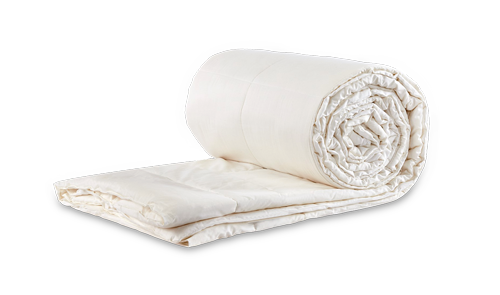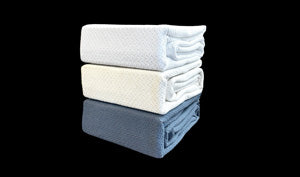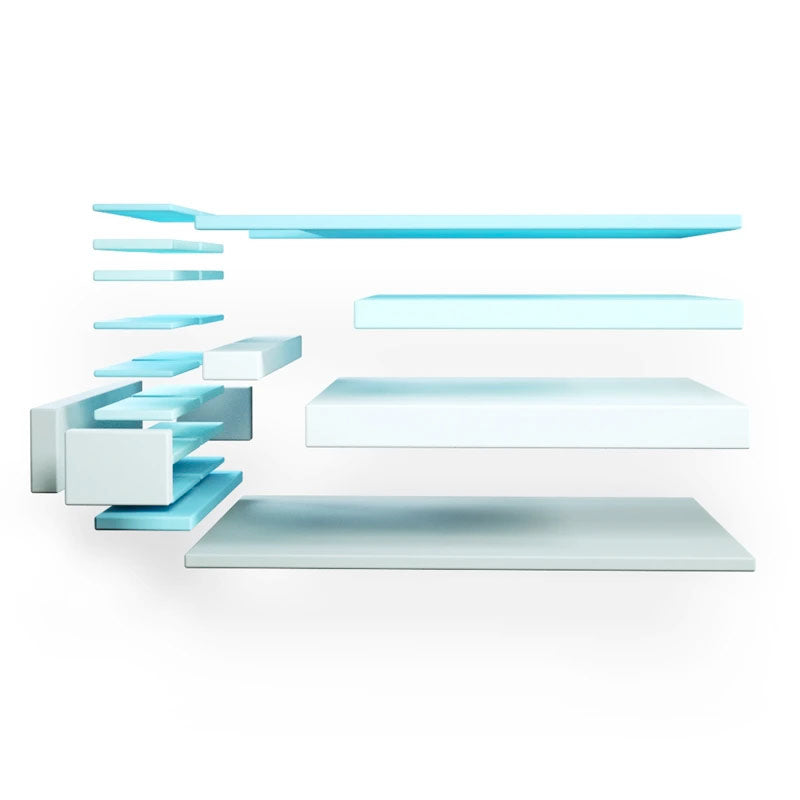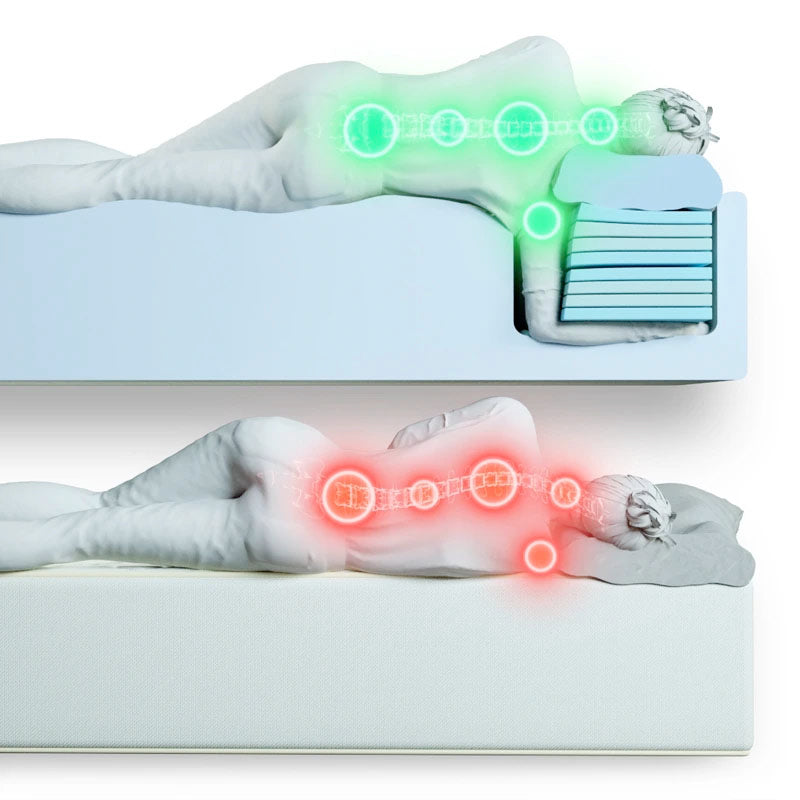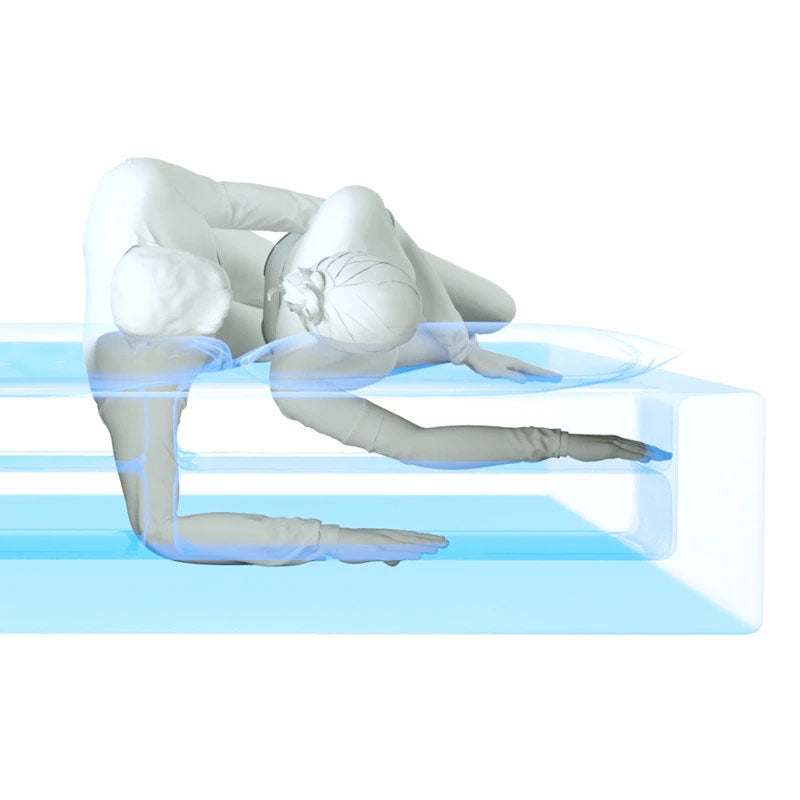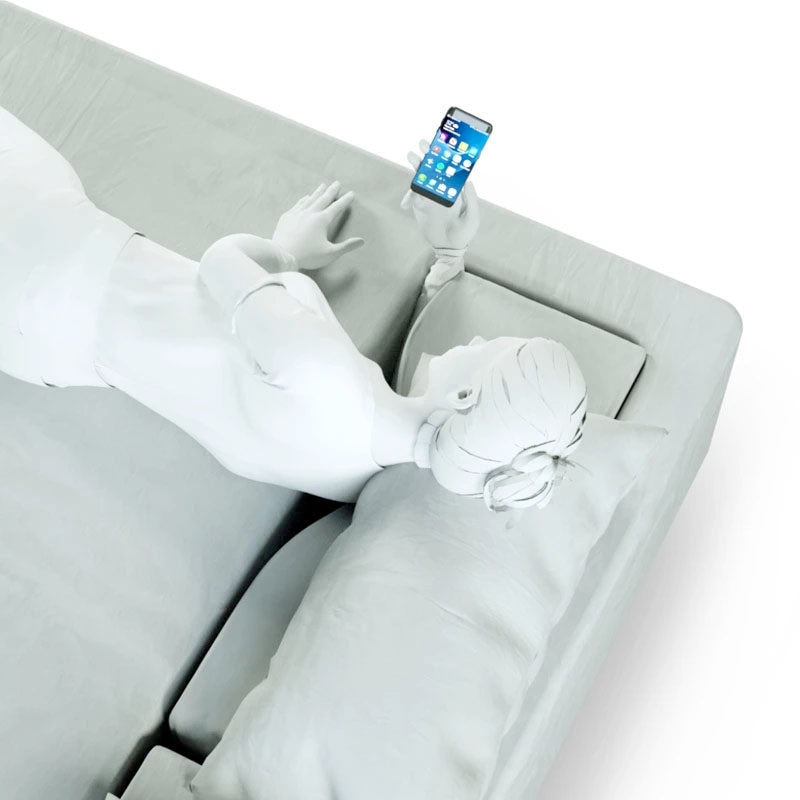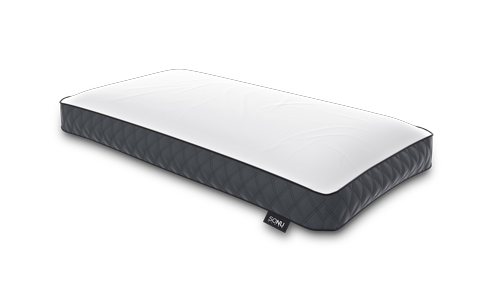Do you or someone you know suffer from sleep apnea? You aren’t alone. 22 million Americans suffer from moderate to severe sleep apnea.
You might be wondering which sleeping position is best for sleep apnea — the answer is the side sleeping position, and there are various benefits to sleeping on your side. Read on to find out what sleep apnea is and why it’s best to sleep on your side, as well as how SONU can help you enjoy a good night of sleep, every night.
What Is Sleep Apnea?
The American Sleep Apnea Association defines sleep apnea as a medical condition where a person repeatedly stops and starts breathing during sleep. When this occurs, oxygen cannot sufficiently reach your brain. This can impact not only your quality of sleep, but also your quality of life.
The most common form of sleep apnea is called obstructive sleep apnea (OSA), which happens when your throat muscles collapse and block your airway when you’re asleep. Snoring is a symptom of this type of sleep apnea.
There are two other common types of sleep apnea:
- Central sleep apnea (CSA) occurs when your brain does not send the correct signals to your breathing muscles when you sleep.
- Mixed sleep apnea is the combination of CSA and OSA. It’s also known as complex sleep apnea syndrome.
Sleep Apnea Symptoms
If you suspect that you may have sleep apnea, here are common symptoms to look out for:
- Waking up gasping for air
- Dry mouth
- Insomnia
- Hypersomnia
- Headaches
- Snoring
- Limited attention span
Untreated sleep apnea puts you at risk for other health issues, including:
- Diabetes
- Stroke
- Depression
- Heart disease
- High blood pressure
Diagnosing & Treating Sleep Apnea
Diagnosing sleep apnea is the first step towards better sleep. To diagnose sleep apnea, your doctor may have you complete a take-home sleep test, undergo a sleep study, or spend a night being observed at a sleep clinic. Take-home tests require a prescription, and they come with all the necessary equipment, including a machine that measures your oxygen levels, breathing patterns, heart rate, and air flow.
Undergoing a sleep study and spending the night at a sleep clinic entails similar equipment. The participant is hooked up to machines that measure your breathing, brain waves, movements, and blood oxygen while you sleep.
Patients are sometimes prescribed a continuous positive airway pressure (CPAP) machine to treat sleep apnea. These machines are to be used at bedtime. They are made up of a mask with a hose attached to it, which is then attached to the CPAP. Pressurized air travels through the hose and mask, opening up your airway while you sleep.
Other recommended treatments for sleep apnea are losing weight or wearing special mouthpieces that prevent snoring. Doctors may also recommend that sleep apnea sufferers avoid alcohol, sedatives, antihistamines, opiates, and smoking.
The medical field has even come up with sleep apnea implants. These are technology similar to pacemakers, and they help move the muscles that keep your airways open.
How Are Side Sleep and Sleep Apnea Related?
The way you sleep matters for most, if not all, health disorders.
You could choose to sleep in a position that worsens your condition or one that makes it better. We know which option we would pick. Sleep apnea is affected by sleep position, just like any other condition. Your choice is so powerful that it can help reduce your sleep apnea symptoms.
Sleeping on your side helps open your airway when sleeping, preventing it from collapsing or closing. This position also helps prevent snoring, a common sleep apnea symptom. When it comes to sleep apnea, sleeping on your right side is better than your left side for preventing the blockage of your airway.
Stomach sleeping can also benefit you if you have mild sleep apnea.
SONU has just what you need if you’re a side sleeper with sleep apnea.
Known as the only negative space mattress, the SONU Sleep System features a patented Comfort Channel that allows you to fully immerse your arms and shoulders into the bed. If you’re looking for a way to remove pressure from your arms and shoulders when you sleep, look no further.
Other Benefits of the Side Sleeping Position
Sleeping on your side isn’t just great for sleep apnea. If you have acid reflux or heartburn, gastroesophageal reflux disease (GERD), are pregnant, or have lower back pain, sleeping on your side can help alleviate your pain and decrease the acid moving up your esophagus.
How Can I Sleep Comfortably on My Side?
Did you know that sleeping on your side is the most popular sleeping position, and the best position for various health conditions? It isn’t without its caveats, however.
Sleeping on your side can lead to pain and stiffness if you do not do it correctly. This usually happens if you are sleeping on an uncomfortable mattress. You can reduce some pain by sleeping with a pillow between your knees.
Another option is to purchase a medium-firm mattress that was created for side sleepers, like the SONU negative space mattress. This mattress features a one-of-a-kind Comfort Channel made for you to submerge your shoulders and arms while you sleep. This takes the pressure off your upper body and helps you maintain a neutral, aligned posture while you sleep.
If you aren’t used to sleeping on your side, you can train yourself. One method is to prop pillows up in front and behind you so your body won’t revert to another position. It will help you maintain the side position throughout the night. Body pillows are great for this.
You can also sleep on narrow furniture, like your couch, to help you get used to sleeping on your side. The back of the couch can serve as support that keeps you from rolling onto your back or stomach, depending on which direction you are facing.
If you aren’t comfortable sleeping with your arms straight down by your side, rest assured that this is not the only way to sleep in the side position. There are other variations of the side position, including the fetal, yearner, log, and pillow-hugging positions.
Conclusion
The most important thing you should take from today’s article is that how you sleep affects your sleep apnea. It’s highly recommended that you sleep on the right side for best results, like allowing your airway to open up and preventing other issues, like acid reflux.
There’s a reason sleeping on your side is the most popular position.
SONU Sleep works to maximize comfort for side sleepers by providing a mattress that is for people who are tired of changing positions throughout the night. SONU’s luxurious negative space mattress molds your unique body shape, and the Comfort Channel lets your arms and shoulders sink into it, relieving pressure from your neck, shoulders, and arms.
Once you try the SONU Sleep System, you won’t go back to any other kind of bed. Try out the SONU Sleep System today for a 100 Night trial.
SONU — where innovation meets luxury and comfort.
Sources:
Sleep Apnea Information for Clinicians | American Sleep Apnea Association
What is Sleep Apnea? | American Sleep Apnea Association
Choosing the Best Sleep Position | John Hopkins Medicine
Best Anti-Snoring Mouthpieces and Mouthguards of 2022 | Sleep Foundation
The Sleeping Positions for Sleep Apnea Patients | Oklahoma Otolaryngology Associates, LLC
How to Sleep on Your Side - Train Yourself Today | Sleep Advisor













